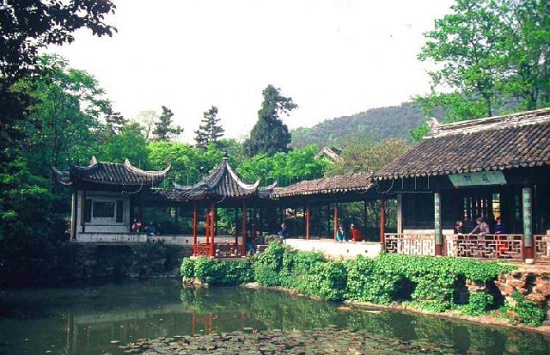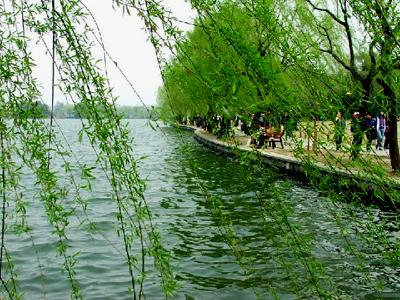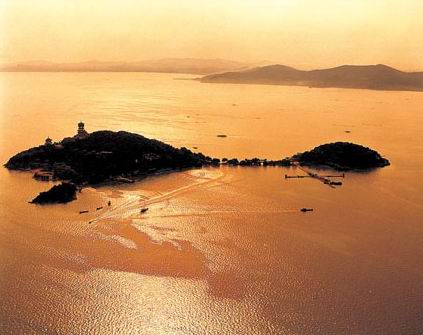Xihui Park

Xihui Park is a big scenic area gathered hills and forests, cultural relics.
It is located in front of the Huishan Hill, facing the Canal. Yingshan Lake lies between the Huishan Hill and Xishan Hill. It has a area of 46 hectares.
The main spots at the park are Longguang Pagoda, Zhuangxun Temple, Nine-Dragon Wall, Ruins of Huishan Temple, Shijing Tablet, jinglian Bridge, Yubei Pavilion, Old Kingoes Listening Pine Bed, The "Second Best Spring in the World", Zhuloushan Room, Jichang Garden, Yugong Valley, Rencao Temple, Azalea Garden, Children Amusement Park, Longguang Cave, Xihui Ropeway and so on.
Because of the large number of cultural and historic and natural spots, Xihui Park is known as the open air museum of the history of Wuxi.
Longguang Pagoda
This 32-metre-tall octagonal pagoda was first built in the Ming Dynasty (1368-1644AD) but burned down during the Qing Dynasty (1644-1911AD). The current one is a brick and wood replica. However, it still offers a bird's eye view over the city and Taihu Lake, and becomes the symbol of Wuxi.
The "Second Best Spring in the World"
The quality of the water was ranked to be the second best by the famous tea sampler Lu Yu in the Tang Dynasty. As the fame of the spring spreads, poets, writers and painters were all attracted to the place, inspired by the fragrance of the tea. The famous blind Chinese musician, A Bing, composed an urheen solo "Second Spring Reflecting the Moon" (Er Quan Ying Yue) which became a classic in Chinese music. Now it is a good place to taste Chinese tea.




